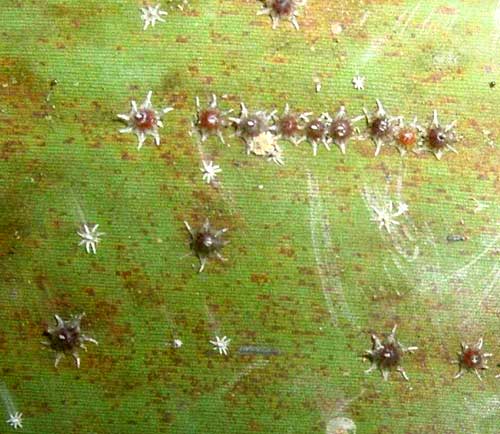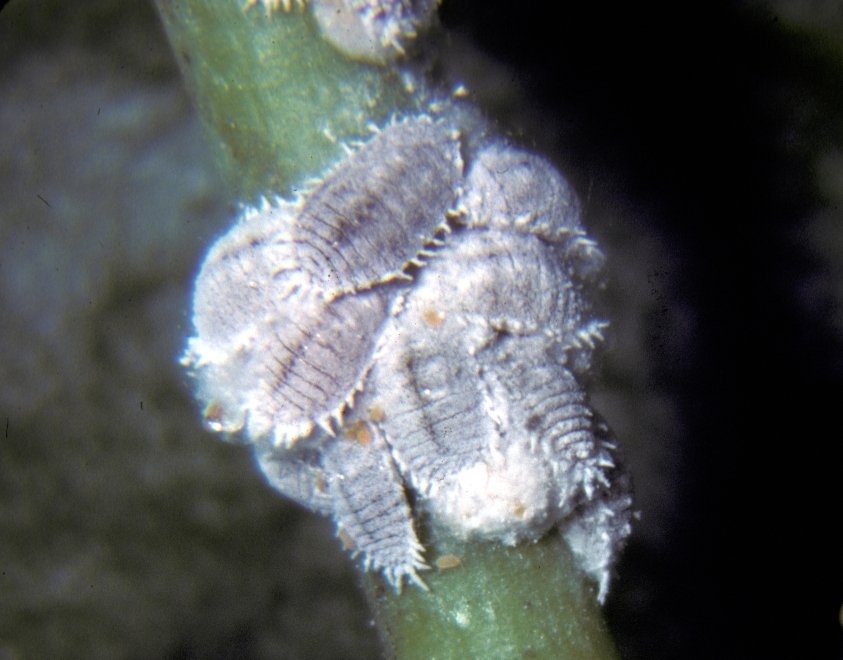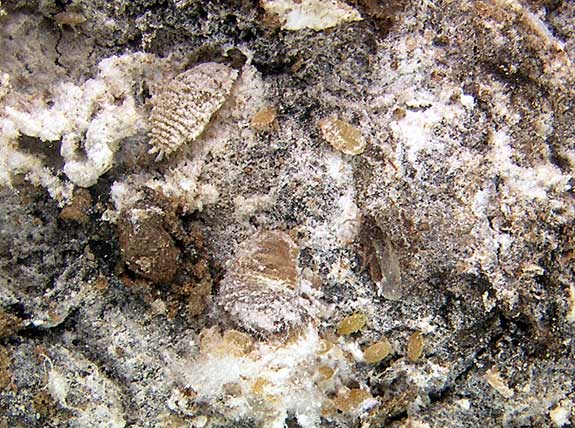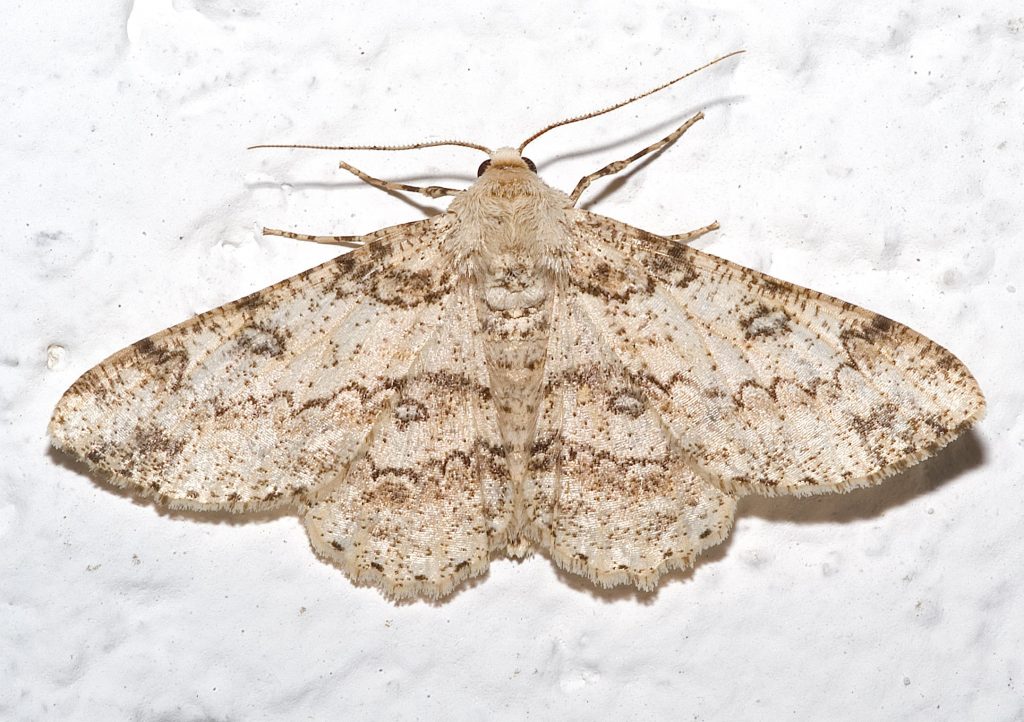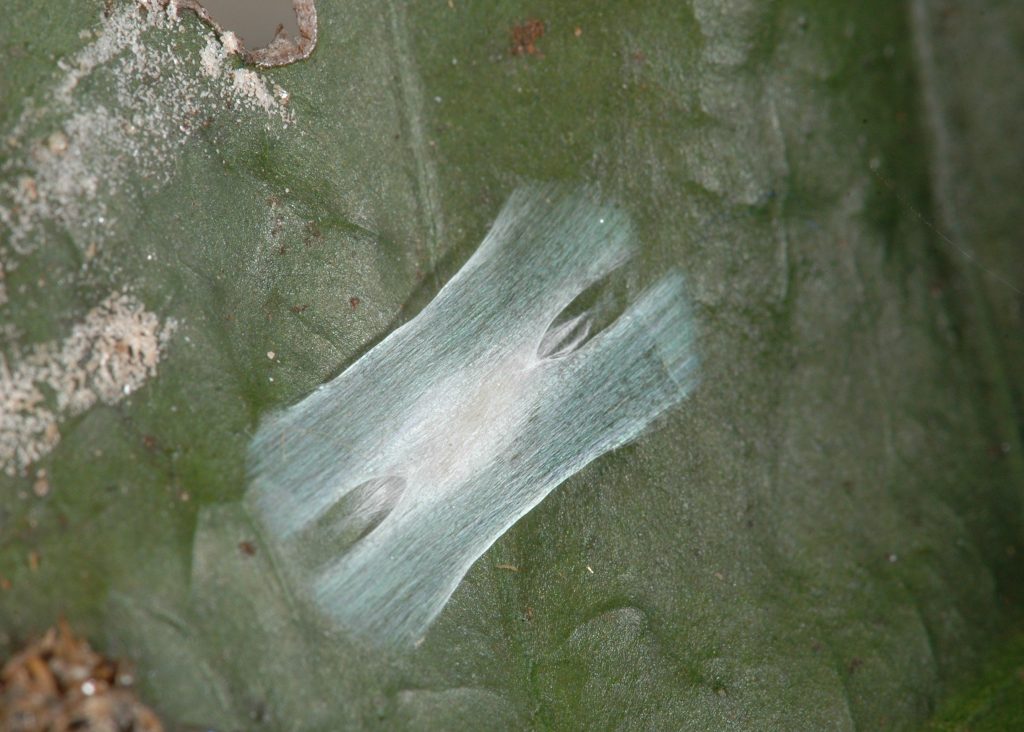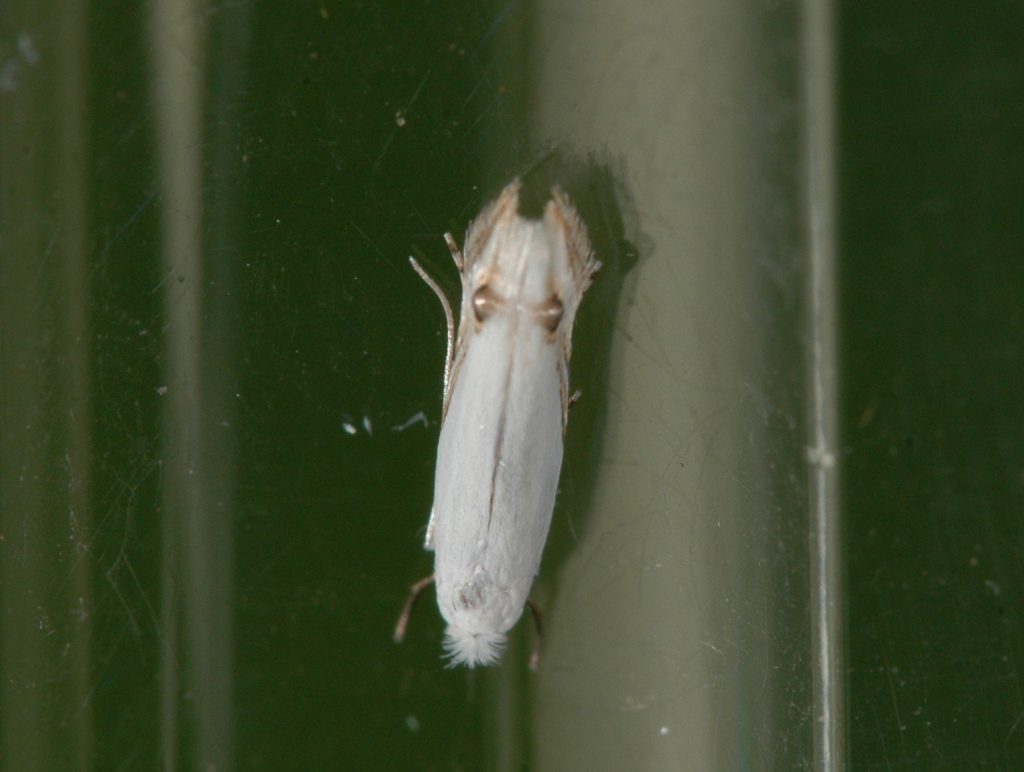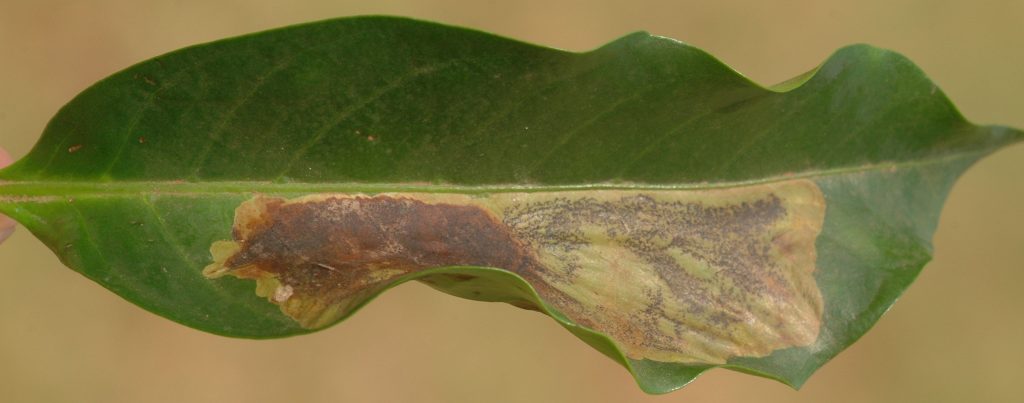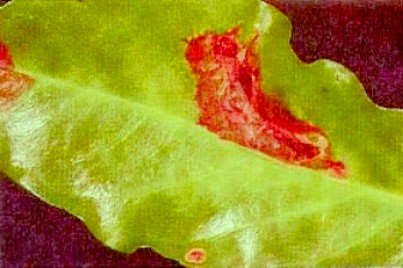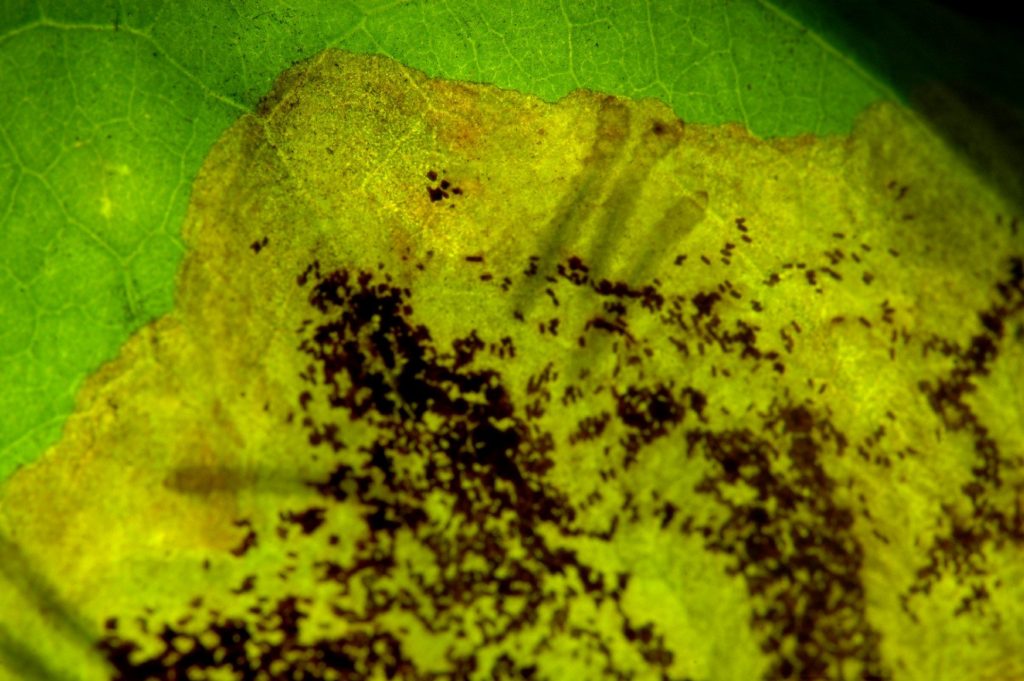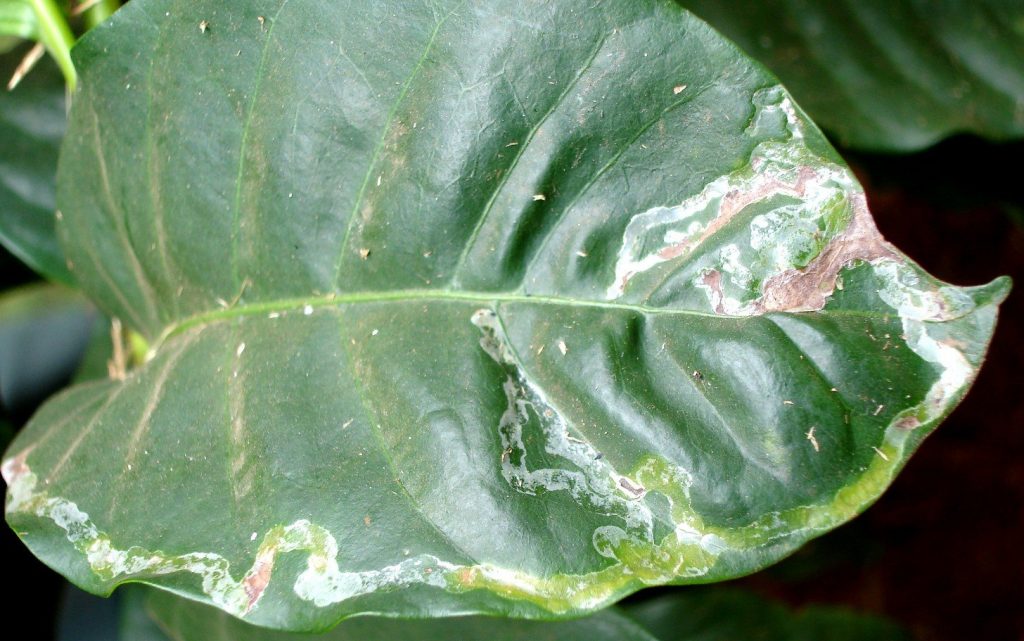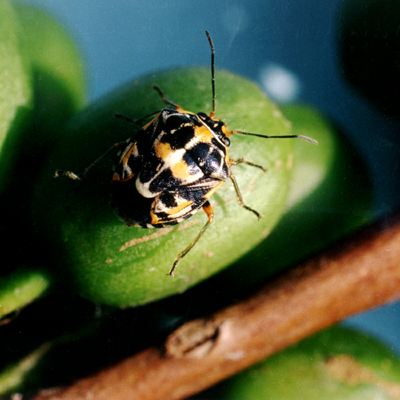Credits: Biovision-Infonet
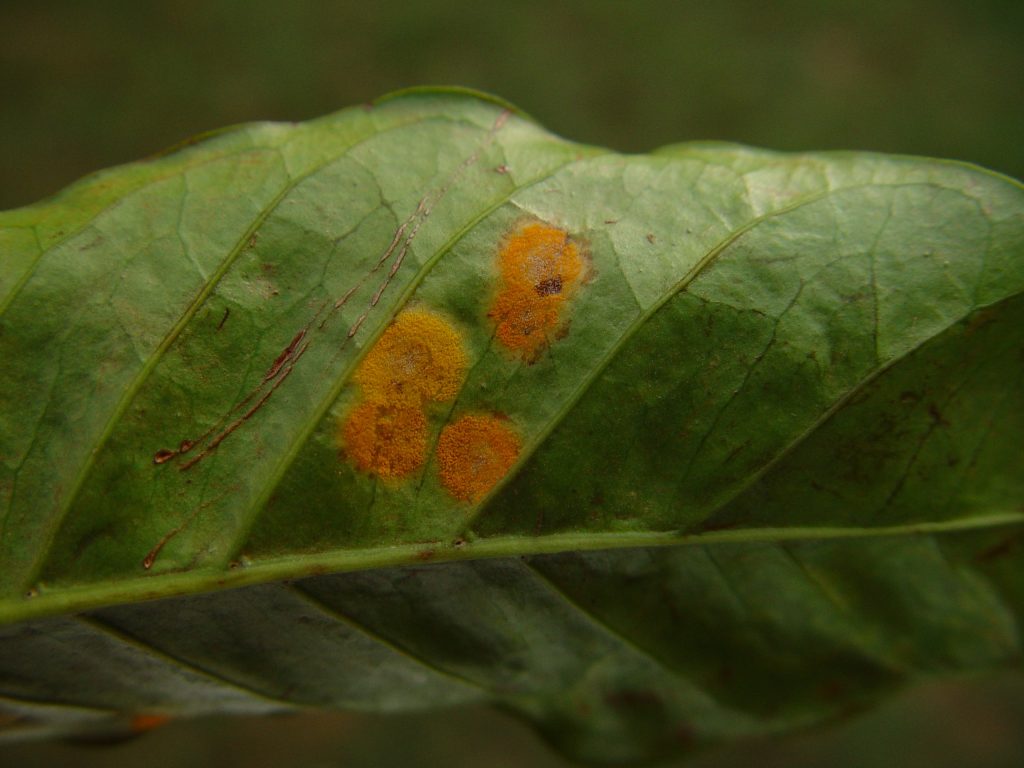
(c) A.M. Varela, icipe
It is the major disease in Arabica coffee. Yellow to orange powdery blotches appear on the underside of leaves, chlorotic patches appear on the upper side. They grow from 2-3 mm diameter to several centimetres. On older leaves, several lesions can merge together. This produces irregular diseased areas covering much of the leaf. However, diseased leaves are usually shed before this stage. A major effect of coffee leaf rust is that it causes defoliation. The disease is spread by spores from lesions on the underside of leaves by wind and rain. Under humid conditions, hyper-parasitic fungi such as Verticillium lecanii grow over the lesions, which produces a pale mycelial growth. Leaf rust is favoured by wet, warm weather. Rainstorms of 7.5 mm or more are needed to cause disease outbreak.
What to do:
- Plant resistant varieties. In Kenya, varieties ‘Ruiru 11’ and ‘K 7’ have been found resistant to leaf rust. Robusta coffee is resistant to leaf rust.
- Spray with copper before the onset of rains, open pruning and good weeding.
- Convert by top-working to disease resistant variety such as ‘Ruiru II’. Meanwhile carry out timely pruning, handling and desuckering and regular change of cycle (young bearing heads have some resistance to disease).
- For emergencies use copper sprays at 21 days intervals starting just before flowering.
